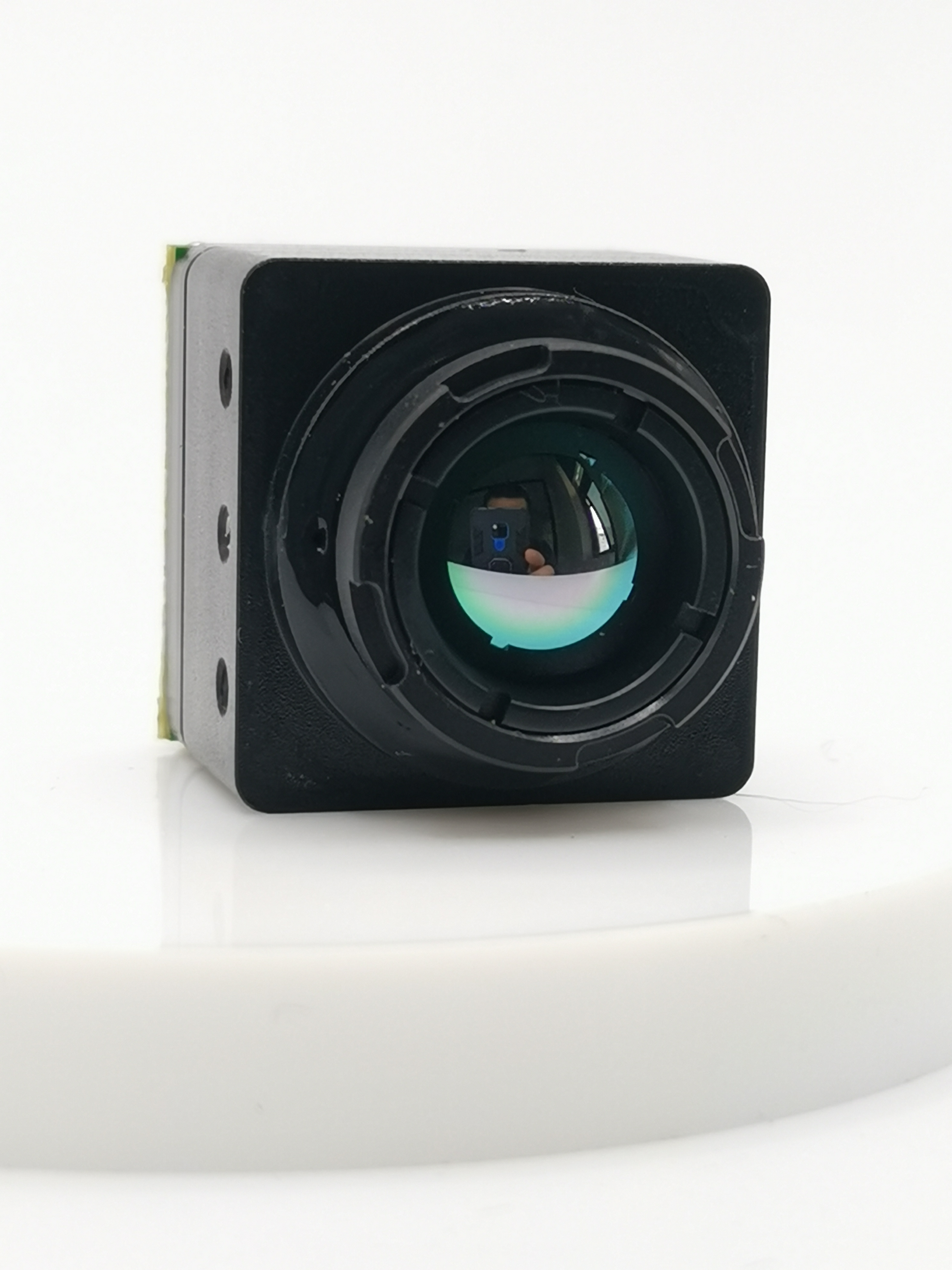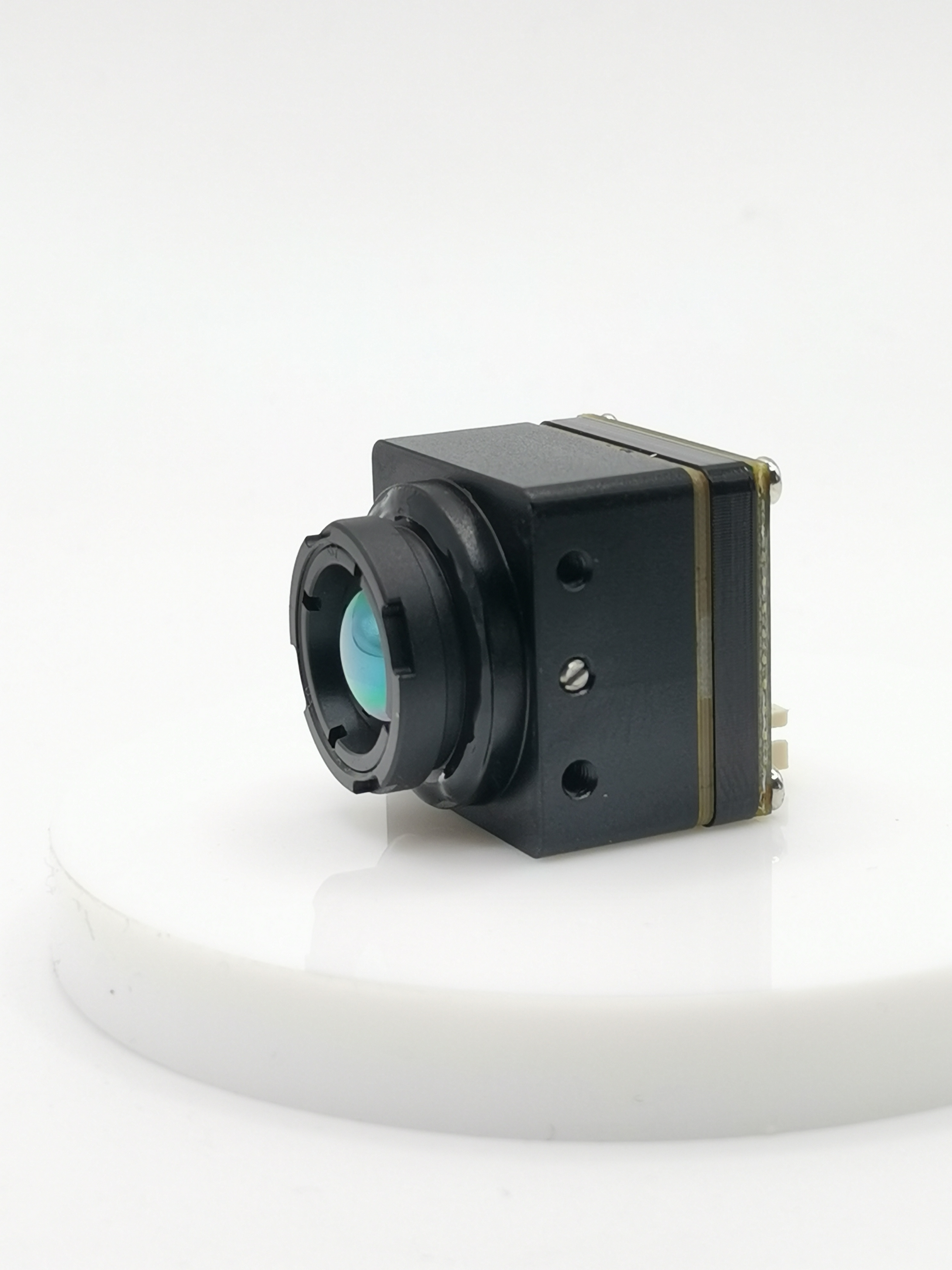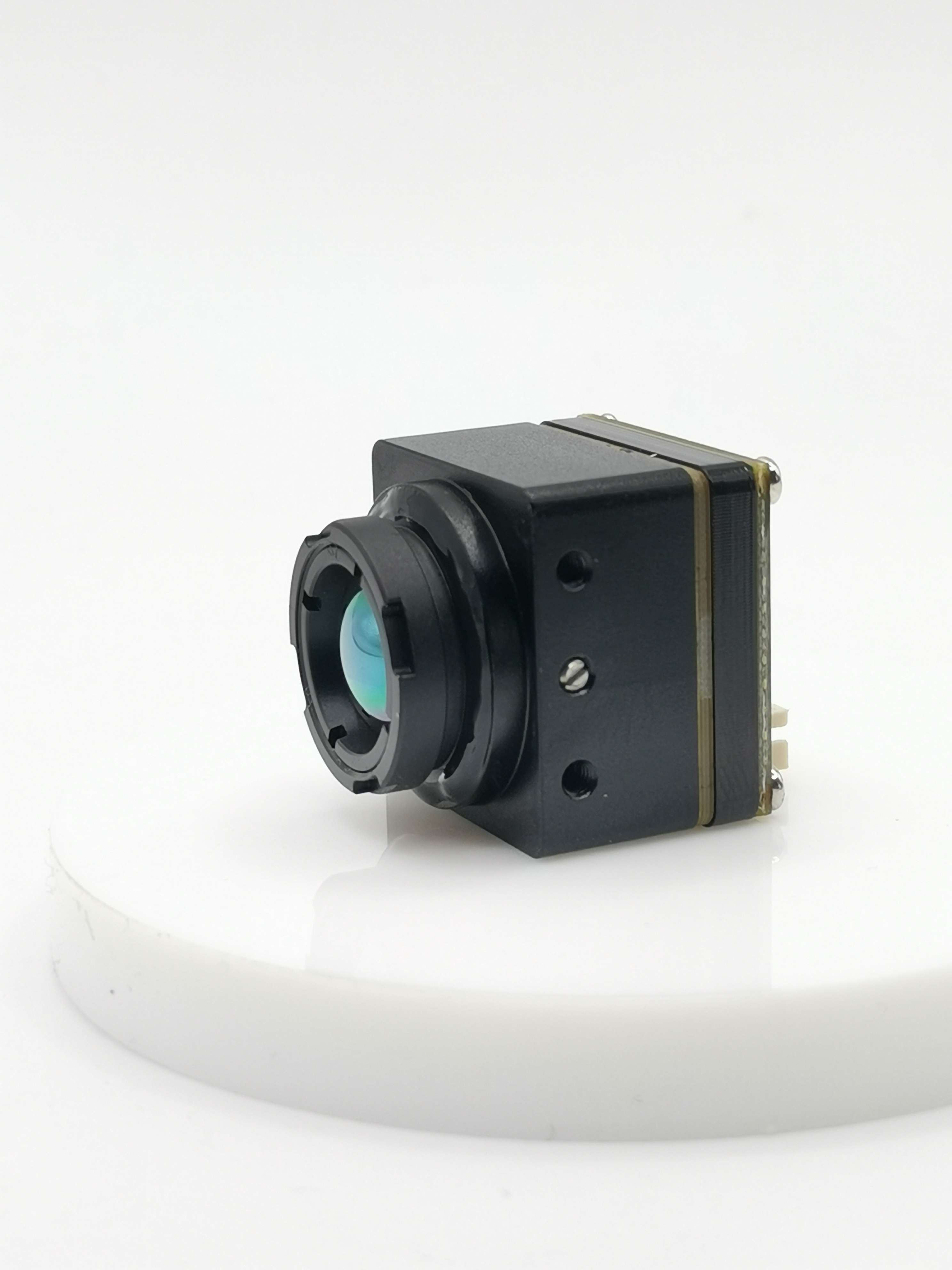Unveiling the Best Practices for Installing Thermal Cameras on Drones

Thermal imaging drones have revolutionized various industries and applications, providing numerous advantages over traditional methods of thermal inspection. The demand for how to put on thermal camera on drones surged due to the shift towards digital platforms during the COVID-19 pandemic. Drones equipped with thermal cameras offer accurate, high-quality data that can be used to identify problems and improve efficiency across sectors like security, agriculture, and inspection. Integration of drone technology with thermal cameras, such as the Inspire dron, has greatly expanded their reach and application in various industries. Understanding how much lipo do thermal cameras use on drones is crucial for optimizing their performance and ensuring efficient operation.
Preparing the Drone

When it comes to choosing the right drone for your thermal imaging needs, there are several factors to consider. The Inspire Dron stands out as a top choice due to its advanced features and capabilities. This model offers exceptional stability and control, making it ideal for capturing precise thermal images. Additionally, the Autel EVO II Dual is another noteworthy option known for its high-quality thermal imaging capabilities. With its ability to capture heat signatures effectively, it proves to be a reliable choice for various applications.
Ensuring compatibility between your drone and thermal camera is essential for seamless operation. Checking the compatibility of the camera with your drone model is crucial to avoid any technical issues during flights. Moreover, verifying the software requirements needed for integrating the thermal camera with your drone system is vital for optimal performance.
When considering battery considerations, understanding how much LiPo do thermal cameras use on drones is key to planning your operations effectively. By optimizing battery life, you can prolong flight times and maximize the usage of your thermal camera without interruptions. Investing in high-quality LiPo batteries ensures reliable power supply during missions.
Installing the Thermal Camera

Thermal drones equipped with thermal cameras play a pivotal role in search and rescue missions by swiftly locating missing individuals or survivors through the detection of their body heat signatures. This technological advancement significantly enhances the efficiency and effectiveness of rescue operations, enabling teams to cover vast areas promptly and prioritize their efforts to potentially save lives.
How to Put on Thermal Camera on Drones
When it comes to mounting techniques for thermal cameras on drones, precision is key. Utilizing specialized mounting brackets designed for thermal cameras ensures secure attachment without compromising the drone's stability during flight. By following manufacturer guidelines and recommendations, operators can optimize the positioning of the camera for accurate thermal imaging results.
Mounting Techniques:
Begin by selecting a suitable mounting bracket compatible with both the thermal camera and drone model.
Carefully attach the mounting bracket to the designated area on the drone, ensuring a tight and secure fit.
Position the thermal camera onto the bracket, aligning it according to the desired field of view for optimal thermal imaging coverage.
Secure all fasteners and connections firmly to prevent any movement or vibrations that could impact image quality.
Securing the Camera:
Double-check all connections and fasteners after mounting to guarantee stability before takeoff.
Conduct a pre-flight inspection to verify that the camera is securely attached and aligned correctly.
Consider additional safety measures such as using adhesive pads or straps for extra security during flights.
Connecting the Camera
Establishing proper wiring and connections between the thermal camera and drone system is essential for seamless integration and functionality. Prioritize connecting cables securely to prevent signal loss or interference that could affect real-time thermal imaging capabilities.
Wiring and Connections:
Identify designated ports on both the thermal camera and drone for power supply and data transmission.
Use high-quality cables that are compatible with both devices to ensure reliable connectivity.
Follow color-coded instructions provided by manufacturers for correct cable placement and connection points.
Test connections before each flight to confirm proper communication between the camera and drone systems.
Software Integration:
Install necessary software applications on your control device to enable communication with the thermal camera.
Configure settings within the software interface to optimize image quality, temperature readings, and other relevant parameters.
Regularly update software versions provided by manufacturers to access new features or enhancements for improved performance.
Calibration and Testing
Initiating initial calibration steps is crucial before deploying your drone equipped with a thermal camera for operational tasks. Calibration ensures accurate temperature readings and image quality, allowing operators to conduct precise inspections or surveillance missions effectively.
Initial Calibration Steps:
Follow manufacturer guidelines to set up calibration procedures specific to your thermal camera model.
Utilize reference sources such as known temperature standards or objects during calibration processes.
Verify calibration results through test images captured in controlled environments before actual deployment.
Testing for Accuracy:
Perform test flights in various environmental conditions to evaluate thermal imaging accuracy under different scenarios.
Compare captured images with ground truth data or known references to validate temperature readings displayed by the camera.
Adjust settings or recalibrate if discrepancies are identified during testing phases.
Optimizing Performance
Flight Settings
Adjusting Flight Parameters
Configure the drone's flight parameters meticulously to enhance operational efficiency and data collection accuracy.
Ensure that the altitude, speed, and flight path align with the specific requirements of the thermal imaging task at hand.
Fine-tune the flight settings to optimize image capture and minimize any potential disruptions during aerial operations.
Ensuring Stability
Prioritize stability during drone flights to guarantee smooth and consistent thermal imaging outcomes.
Implement measures such as adjusting propeller balance and calibrating sensors to maintain a steady flight trajectory.
Regularly inspect the drone for any signs of instability or imbalance that could impact thermal imaging quality.
Data Management
Storing Thermal Data
Establish a systematic approach for storing thermal data captured during drone missions to facilitate easy access and analysis.
Utilize cloud storage solutions or dedicated servers to securely store large volumes of thermal images for future reference.
Organize stored data in a structured manner based on location, date, or specific projects to streamline retrieval and analysis processes.
Analyzing Thermal Images
Leverage advanced image processing software to analyze thermal images obtained from drone missions effectively.
Identify temperature variations, anomalies, or patterns within the thermal data to extract valuable insights for decision-making purposes.
Generate comprehensive reports based on thermal image analysis to support informed actions and strategic planning initiatives.
Maintenance Tips
Regular Checks
Conduct routine maintenance checks on your drone system and thermal camera components to ensure optimal performance.
Inspect propellers, motors, and camera lenses for any signs of wear or damage that could affect operational capabilities.
Clean and calibrate the thermal camera regularly to maintain accurate temperature readings and image quality.
Troubleshooting Common Issues
Develop a troubleshooting protocol to address common issues that may arise during drone operations with thermal cameras.
Identify potential challenges such as signal interference, battery drainage, or software malfunctions proactively.
Seek professional assistance or refer to manufacturer guidelines when encountering complex technical issues beyond basic troubleshooting measures.
By implementing these optimization strategies in flight settings, data management practices, and maintenance routines, operators can maximize the performance of drones equipped with thermal cameras across various applications effectively. Drone-based thermal imaging applications have revolutionized industries by providing unique solutions for critical tasks such as search and rescue missions while enhancing operational efficiency through advanced technology integration (title: Drone-Based Thermal Imaging Applications).
The integration of drones and thermal cameras in rescue strategies has significantly improved response times in emergency situations by reducing risks associated with traditional search methods (title: Integration of Drones and Thermal Cameras in Rescue Strategies). This paradigm shift underscores the importance of optimizing drone performance with thermal cameras not only for commercial applications but also for enhancing safety measures in critical operations within different sectors like public safety and infrastructure inspection.
In summary, the blog highlighted crucial aspects of installing thermal cameras on drones for optimal performance. The importance of proper installation and optimization was underscored throughout the discussion. By emphasizing precise calibration, secure mounting techniques, and efficient battery management, operators can enhance the effectiveness of thermal imaging missions across various industries.
Moving forward, advancements in drone technology and thermal imaging capabilities are expected to revolutionize critical operations further. Future developments may focus on enhancing data analysis algorithms and integrating AI for real-time insights. As industries continue to leverage drone-based thermal imaging applications for safety and efficiency, ongoing innovation remains key to unlocking new possibilities in aerial inspections and emergency response strategies.
See Also
Unlocking Drone Surveillance Mastery with ISUN Thermal Camera Tutorial
Innovations in Small Thermal Camera Technology for Drone Imaging
Enhancing FPV Adventure: Drone-Mounted Thermal Camera Explained
Perfecting Aerial Surveillance using Thermal Imaging Camera Drone: Step-by-Step
Achieving Excellence in Surveillance and Recon with Thermal Imaging Drones
Contact Us: Ms. Coco Huang
E-mail: sales@iasun.cn
WhatsApp/Wechat: +86 13510421923

